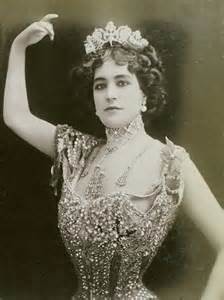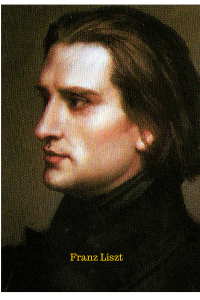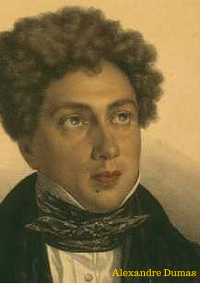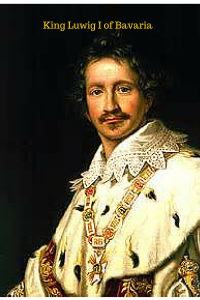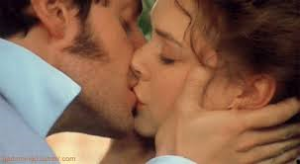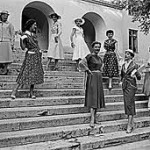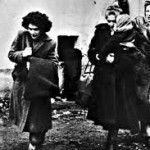 What is it about men in kilts or tuxedos that women find so sexy? After all, one is dressed in a skirt while the other is neck-to-ankle in a suit that is rather rigid in its style.
What is it about men in kilts or tuxedos that women find so sexy? After all, one is dressed in a skirt while the other is neck-to-ankle in a suit that is rather rigid in its style.
The kilt (the word means to tuck up the clothes around the body) dates back to at least the 16th century, and is not unlike those worn by Celtic warriors during Roman times. Also known as a “plaid”, it was originally a long, full-length swath of material that could be used as a hooded cloak when needed. It didn’t reach its modern stage as a “walking kilt” or “short kilt” until the late 17th or early 18th century.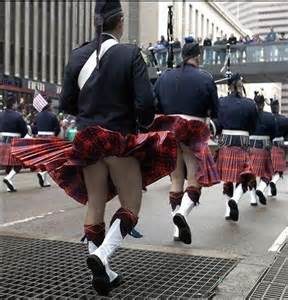
Outlawed for thirty-five years after the Scots rebellion against the English in 1745, once the law was repealed, the kilt was mainly worn by the military. However, a passion of sorts began to build around the garment. Men went out of their way to proudly wear the plaid of their clan in public as a show of protest against not only the former ban, but also against English rule.
The tuxedo, on the other hand, originated in the U.S. in the late 1800’s. This sleek garment was named after Tuxedo Park, a socially elite enclave in the Upstate New York countryside populated by the wealthiest of Manhattan’s citizens. Fashioned after the British dinner jacket or smoking jacket with a shawl collar, and at the time, always in black, young dandies began showing up at formal events in their new “uniform of the elite.” Soon, it became de rigueur as a means of showing class and money.
While the kilt represented a show of strength, and the power to rebel if need be, the tuxedo represented power in the form of wealth and élan. James Bond often wears a tuxedo, and some of the most popular romance books feature men in kilts, both branding the men as bold and brave, each in its own way. These two uniforms represent a dichotomy of style, but at the same time, appear to be equally sensual and masculine.
Sexy is the man who shows up at an event meticulously dressed in a tuxedo and bow tie, only to become much sexier as the evening wears on when the tie is undone, or the shirt is unbuttoned in increments—a suggestive promise of good things to come.
How sexy is the man who shows up in a full-dress kilt only to toss off the top half of his clothing in a moment of wild abandon? He stands before us wearing nothing but his kilt—and aren’t we viscerally aware that he wears nothing beneath that kilt!
In my third book in the series Those Magnificent Malverns, His Lordship’s Wild Highland Bride, the heroine is a sassy Scottish lass forced to marry an Englishman. While she does wear a gown fashioned from the MacGregor plaid, it is her handsome, rogue of a brother who shows up in a kilt, causing the inquisitive Malvern females to wonder what might lie beneath all that plaid.
He marries for her dowry. She marries to escape a hanging. HIS LORDSHIP’S WILD HIGHLAND BRIDE. http://entangledpublishing.com/his-lordships-wild-highland-bride/


